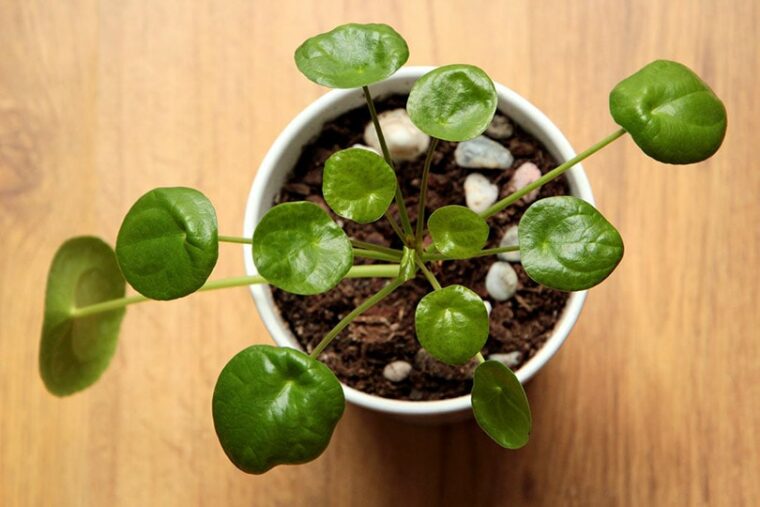
Even the most laid-back cats love to explore, and because kitties love to learn about the world using their mouths, they often nibble on things out of sheer curiosity. Anyone who has ever lived with a cat can tell you that these creatures can and will thwart even the most well-laid plans to keep them out of rooms or away from poisonous plants.
If you’re interested in brightening up your space with plants, choosing feline-friendly species is the easiest way to keep your cat safe. Several plants in the Pilea genus make great cat-friendly choices. To date, no Pilea plant has been found to be toxic, but they should still be kept away from kitties, as pets can sometimes develop gastrointestinal issues after eating them.

So Pilea Is a Genus?
Yes, and it contains anywhere from 600 to 700 individual species. Most of the genus’ plants are native to tropical and warm temperate regions around the world. It includes succulents, shrubs, and even herbaceous plants. The Pilea genus includes bush-like options and choices that trail like ivy. Plants in the genus that flower often have tiny white or pink blooms. Some have distinct leaves, and others resemble moss.
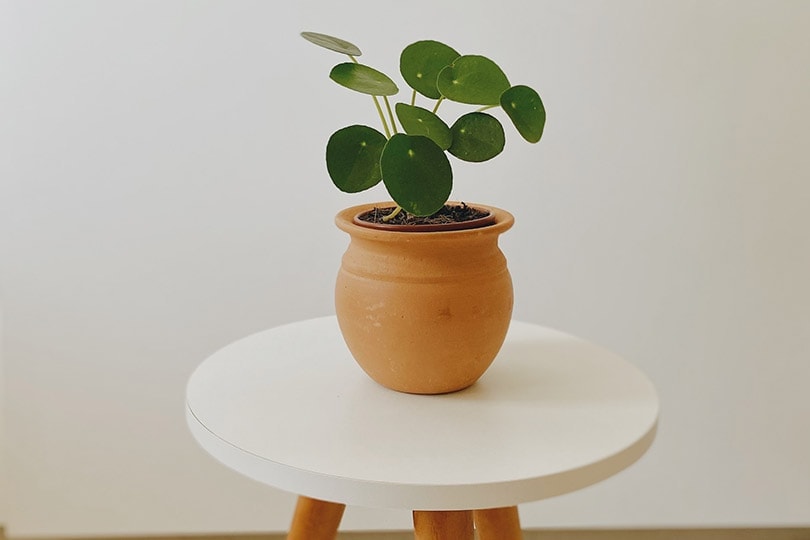
Do They Make Good Indoor Plants?
Pilea make lovely indoor plants, as they’re perfect for growing on windowsills and prefer bright yet indirect sunlight. Most only require a touch of fertilizer and are usually okay as long as the temperature remains between 65 and 75ºF. They only need watering when the soil is noticeably dry. Indoor Pilea plants should be regularly turned to support uniform and healthy growth.
Most grow nicely in the summer, although they sometimes struggle over the winter. Annual repotting gives these beautiful plants’ root systems room to grow and stay healthy. They’re usually happiest in potting mix that drains well, but soggy roots can kill many of these plants.
There’s no reason to head to the garden center if you know someone with one of these plants at home, as they’re incredibly easy to propagate from cuttings. Just clip below a healthy node and place the cutting in a soilless potting mix. It usually takes around 3 to 5 weeks for new plants to settle down and start developing roots.

Are There Specific Plants in the Pilea Genus That Are OK for Cats?
Absolutely! All the choices below make beautiful additions to homes where cats roam.
Pilea cadierei
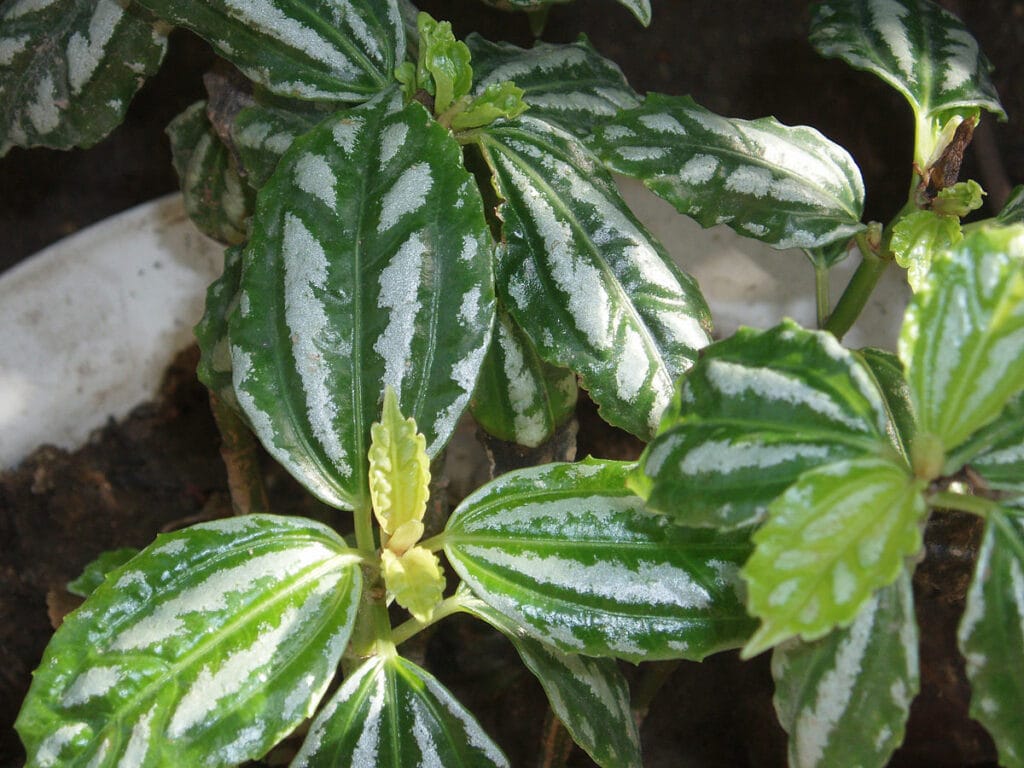
Commonly known as aluminum plants, these herbaceous perennials are native to Vietnam. They feature sturdy, deep green leaves that appear to have been brushed with silver. Under the right conditions, they can reach around 1 foot tall.
Pilea microphylla
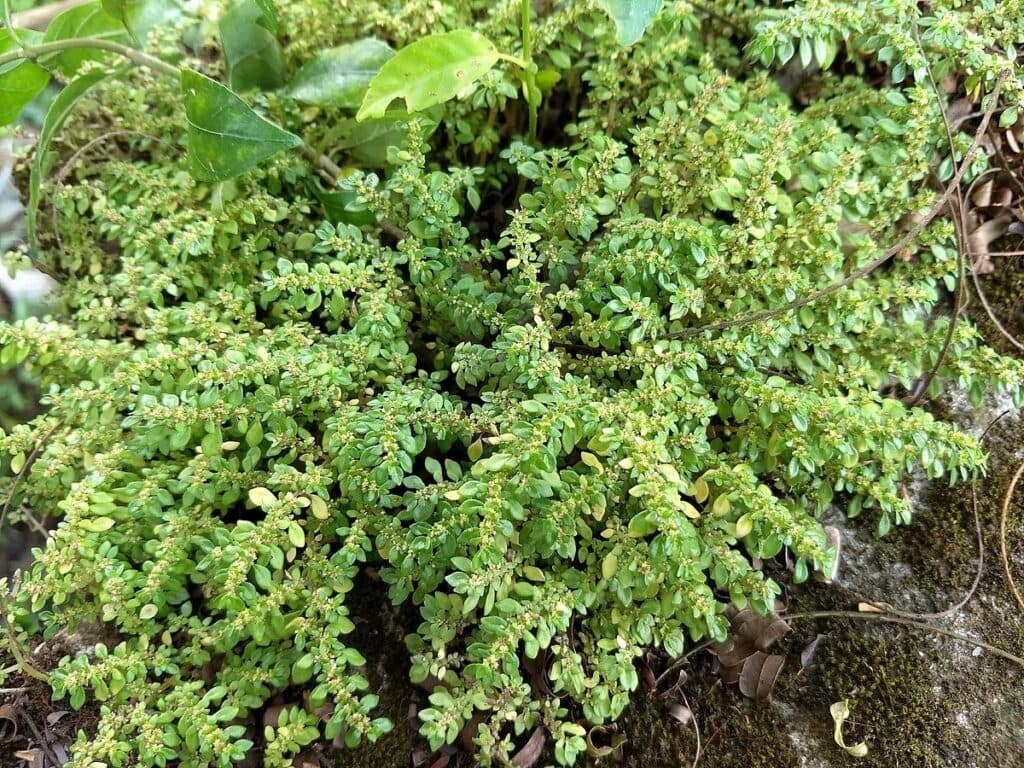
Often called artillery plants, these light green hearty choices are native to areas from Brazil to Mexico. They resemble some types of ferns with their tiny leaves and tendency to grow close to the ground. In the wild, they can cover up to 2 feet of land.
Pilea pumila
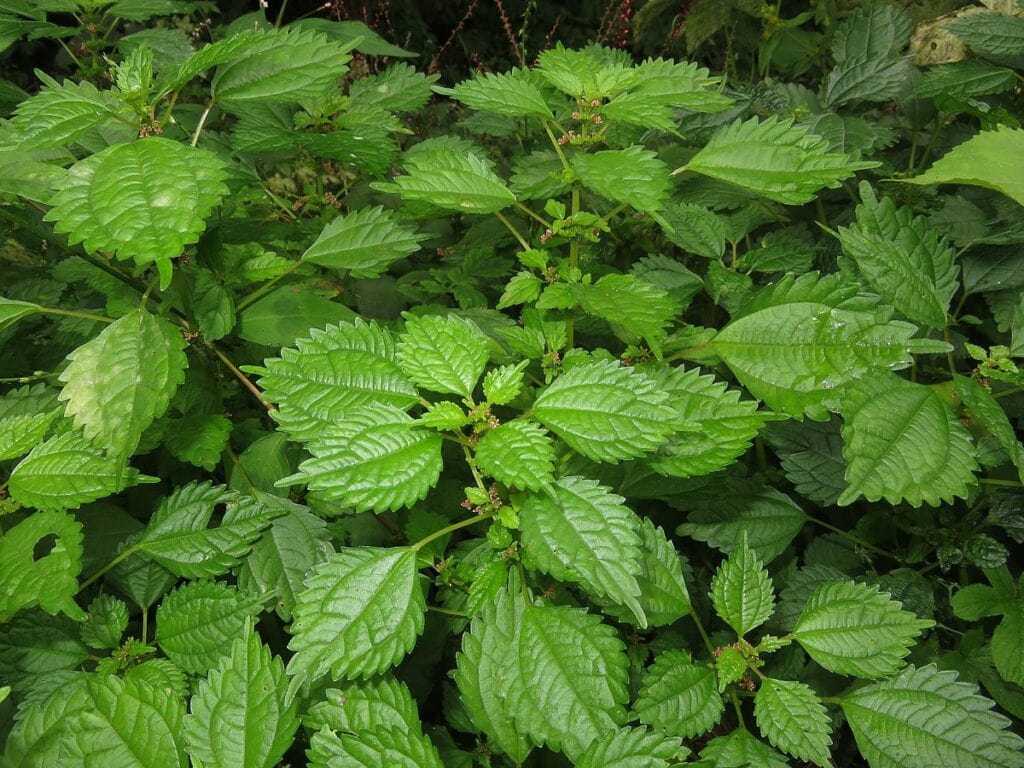
Initially found in parts of North America, this plant is known as clearweed, coolwart, and richweed. They grow in colonies and often thrive under challenging conditions. They prefer places with lots of moisture and little direct sunlight, like forests. Traditional healers used the plant as an antifungal to treat sinusitis and itchy feet.2
Pilea nummulariifolia

Also called creeping Charlie, creeping pilea, and Swedish ivy, these ground cover perennials have oval green leaves that often appear slightly wrinkled. Most grow quickly and prefer moist soil and lots of indirect sunlight. They also produce tiny light pinkish flowers under the right conditions.
Plectranthus australis
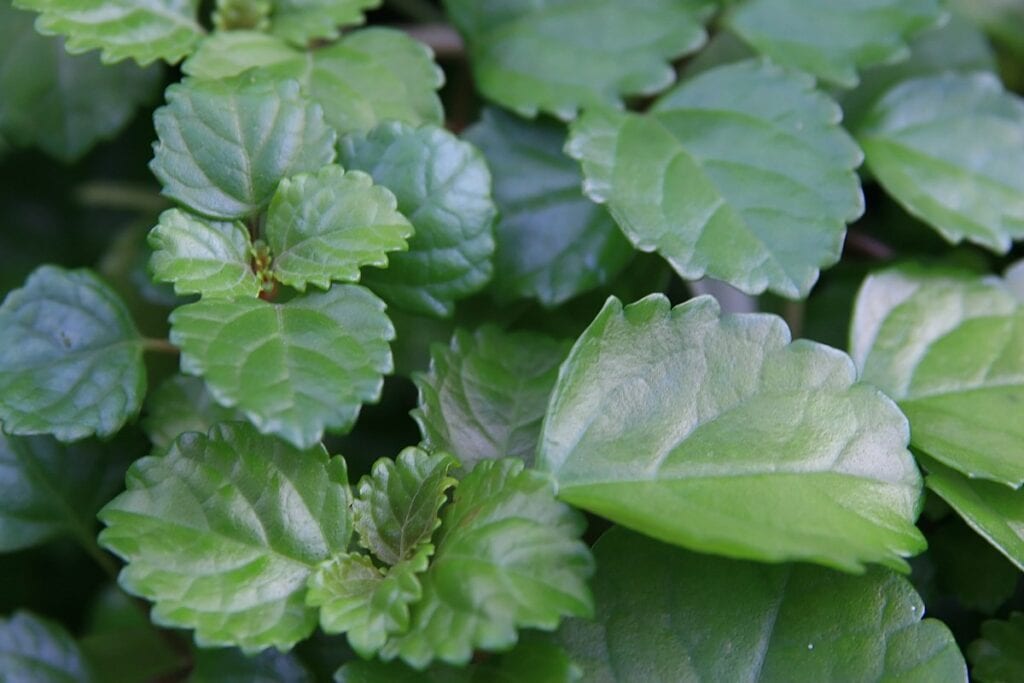
These herbaceous perennials are native to South Africa. They’re also known as creeping Charlie and Swedish ivy. They’re often found in hanging baskets and produce light purple and white flowers year-round. The leaves often droop when these plants receive too much sun.
Pilea involucrata

Also known as friendship plants, these herbaceous perennials are native to South and Central America. They love humid conditions and are often grown in terrariums. Their dark green oval leaves often feature dark red undersides. Some have leaves featuring lighter green highlights around their edges.
Pilea peperomioides
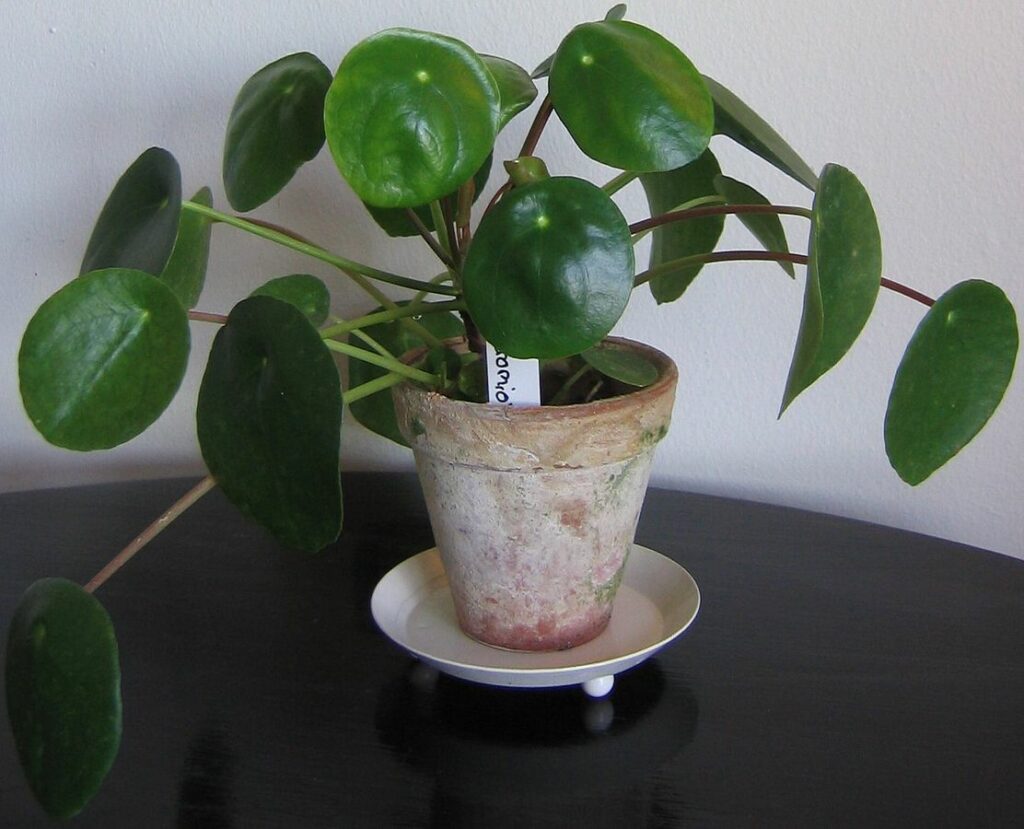
These plants are known by several names, including Chinese money plant, UFO, missionary, and pancake plants. They’re native to Southern China and have become extremely popular with indoor gardeners worldwide. They can reach up to 12 inches tall and feature gorgeous deep green round leaves.

A Note on Money Plants
There are several types of “money plants,” some of which aren’t safe for cats. Below you’ll find information about toxic and non-toxic plants, often referred to as money plants or money trees. With a cat in the house, it’s essential to avoid purchasing any type of toxic money plant.
Toxic Money Plants
Crassula ovata

Commonly known as jade, money, and lucky plants, these popular options are native to South Africa. Jade plants are easy to grow and thrive under most conditions, making them excellent choices for inexperienced gardeners. Most have thick green leaves that sometimes turn red when exposed to too much sun. The toxin is unknown, but it can cause vomiting, depression and incoordination.
Epipremnum aureum
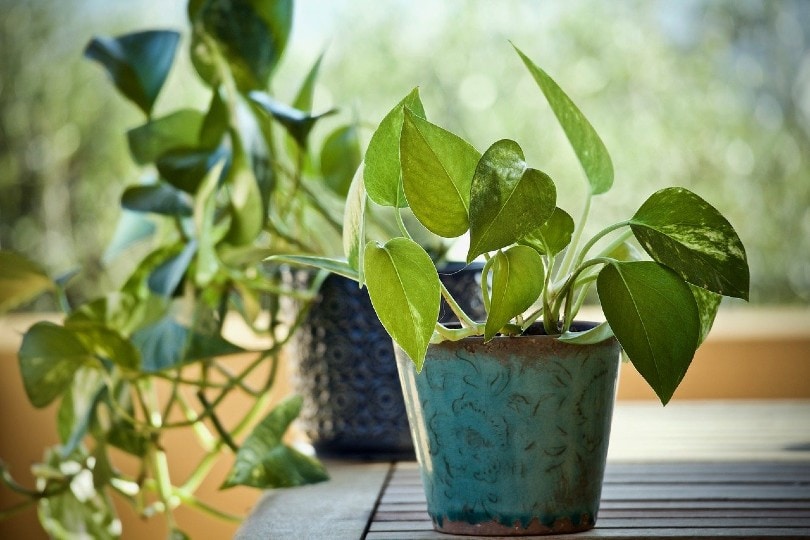
The plant is known as pothos, golden pothos, ivy arum, and taro vine. Also called devil’s vine or devil’s ivy, they’re native to the Solomon Islands. However, they now grow in tropical and sub-tropical areas worldwide, including Australia, Southeast Asia, and South Africa.
Scindapsus pictus
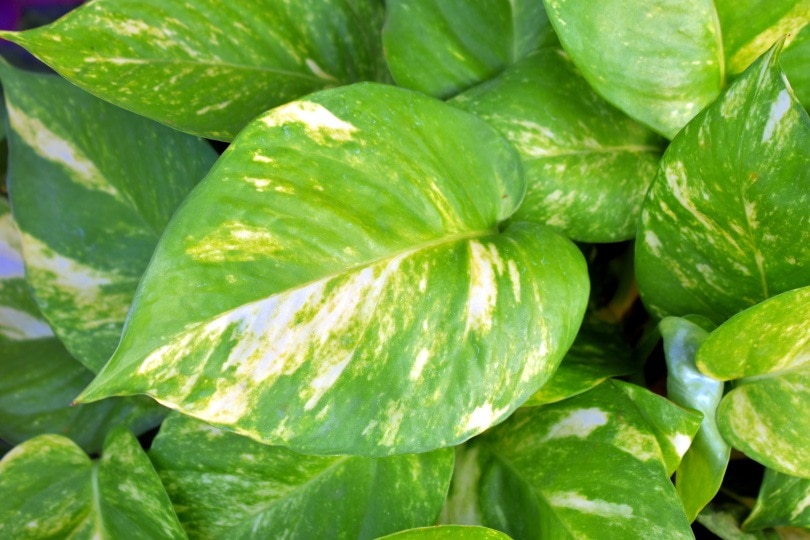
This evergreen climbing plant is commonly called silk or satin pothos. They’re native to Malaysia, the Philippines, and parts of Indonesia. They feature subdued green oval leaves and silvery-white highlights. These incredibly popular houseplants can reach heights of up to 36 inches indoors and 3 to 6 feet outside.

Non-Toxic Money Plants
Pachira aquatic

These popular ornamental options are also called French peanuts, Guiana chestnuts, and money trees. They’re native to swampy areas in South and Central America. Outdoors these gorgeous trees can reach 60 feet. Indoors most grow to around 6 or 8 feet tall.
Lunaria annua
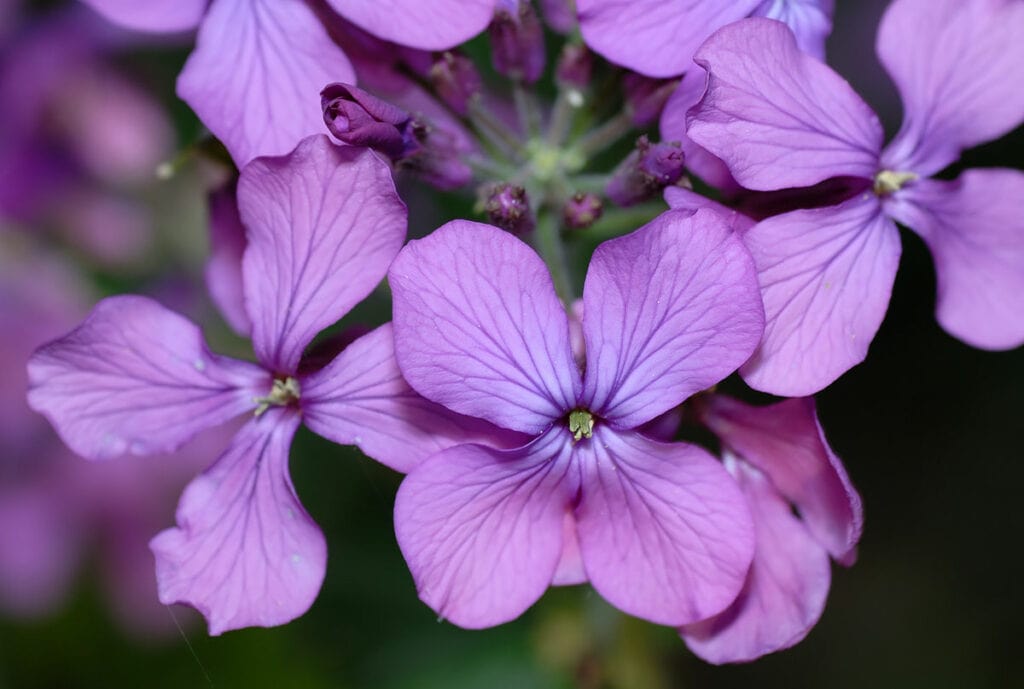
Originally found in Central and Southern Europe, these plants are commonly referred to as annual honesty, money, and silver dollar plants. They’re now found in temperate regions worldwide. The plants are traditionally associated with being sincere, and they’re believed to keep monsters at bay. They’re often included in flower arrangements.

Conclusion
No plants in the Pilea genus have been found to be toxic to cats, making them great choices for homes with curious felines. These plants tend to be easy to grow and quite forgiving. They’re considered suitable options for inexperienced gardeners because they’re so easy to keep healthy.
While they aren’t considered toxic to cats, your cat should not feed from them, and they are also not a substitute for cat grass. Some cats may experience gastrointestinal signs if they eat something that doesn’t agree with them or that they are not used to. If you decide to add a gorgeous money plant to your home, ensure you select one of the non-toxic varieties!
Featured Image Credit: a_low, Pixabay






